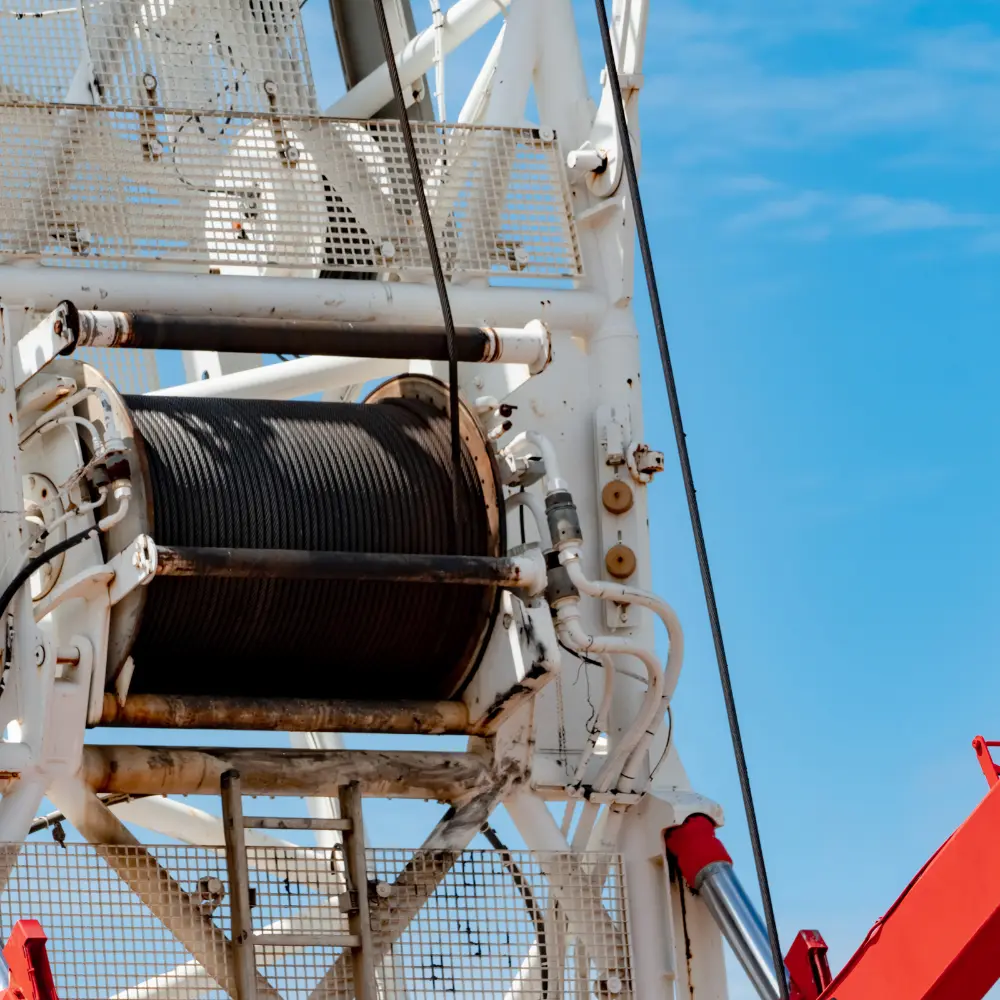 Vibration isolation is critical to protecting equipment and maintaining operational safety in industries like marine, aerospace, and heavy machinery. Stainless steel wire rope isolators (WRIs) are a key solution, offering durability and flexibility in absorbing shocks and vibrations. Unlike traditional isolators, WRIs exhibit nonlinear behavior, significantly affecting their effectiveness under dynamic conditions.
Vibration isolation is critical to protecting equipment and maintaining operational safety in industries like marine, aerospace, and heavy machinery. Stainless steel wire rope isolators (WRIs) are a key solution, offering durability and flexibility in absorbing shocks and vibrations. Unlike traditional isolators, WRIs exhibit nonlinear behavior, significantly affecting their effectiveness under dynamic conditions.
Understanding the unique nonlinear characteristics of WRIs and their impact on vibration isolation is essential for engineers aiming to optimize performance in complex environments. These insights provide a foundation for more effective design and implementation of vibration control solutions.
The Importance of Nonlinear Behavior in Vibration Control
Traditional vibration isolators, such as rubber mounts or springs, typically operate in a straight line—their stiffness and damping characteristics remain constant regardless of the load. However, WRIs, due to their design and material properties, behave differently. Nonlinear behavior means that the performance of WRIs changes with the load and vibration amplitude, providing benefits in diverse applications where the vibration profile changes over time. In simpler terms, WRIs are like smart shock absorbers that adjust their response based on the intensity of the shock.
WRIs' adaptability to diverse vibration profiles is key to their success. In real-world applications, their nonlinear characteristics have consistently proven their value. For instance, in marine and aerospace systems—where vibrations vary widely in frequency and intensity—WRIs significantly reduce equipment failure rates. In high-load environments like offshore oil platforms, where vibration isolation is critical to prevent equipment damage, WRIs have reduced vibration-related damage by over 35% compared to systems using traditional linear isolators. This success is a testament to the adaptability of WRIs, allowing them to protect sensitive equipment and extend operational lifespans.
How WRIs Exhibit Nonlinear Behavior
WRIs' unique behavior under dynamic conditions results from their nonlinear performance. Unlike linear isolators, where stiffness and damping are constant, the strands within WRIs shift and slide against each other, causing variations in stiffness and damping based on the vibration amplitude and load. This unique behavior is a key factor in WRIs' ability to adjust to the ever-changing demands of vibration-heavy environments.
For example, in environments with high-frequency vibrations and significant loads, WRIs have demonstrated the ability to protect equipment by adjusting their stiffness in response to increased vibration amplitudes. By doing so, they provide tailored isolation, preventing the transmission of damaging vibrations to critical systems. This flexibility, as demonstrated in industries like marine and construction, ensures that equipment operates efficiently without suffering the wear and tear typically associated with high-impact environments. Key Characteristics of Nonlinear WRIs:
- Stiffness Variation: WRIs' stiffness decreases as rope length increases or as vibration amplitude grows, allowing them to absorb larger shocks. This characteristic is particularly beneficial in high-impact applications, where the nonlinear response of WRIs offers better protection against sudden, powerful vibrations.
- Damping Adaptation: WRIs' damping ratio also adjusts based on vibration amplitude and rope length, with larger vibrations reducing the damping effect. This adaptability is crucial for engineers when selecting the right rope length and configuration for specific vibration profiles, ensuring the optimal performance of WRIs in various environments.
These nonlinear characteristics enable WRIs to excel in environments where vibration levels fluctuate significantly, such as marine and aerospace applications. Their ability to adapt to changing conditions has made them the preferred solution for environments with unpredictable and extreme vibration characteristics.
How Nonlinear Behavior Enhances Vibration Isolation
The nonlinear behavior of WRIs directly enhances their effectiveness in vibration isolation, especially in challenging environments. Compared to traditional linear isolators, which can struggle to accommodate varied vibration frequencies, WRIs offer more dynamic protection. Their ability to adjust stiffness and damping helps ensure that high-amplitude shocks and low-frequency vibrations are effectively absorbed, minimizing the risk of damage to sensitive equipment.
WRIs' superior performance in high-stress environments such as offshore oil platforms is a testament to their effectiveness. Traditional isolators may struggle to provide the necessary protection, but WRIs excel. The reduction in vibration-related damage by over 35% in these applications is a clear indication of their superior performance. WRIs are favored in applications where vibration profiles vary significantly because they maintain equipment integrity and prevent costly failures.
Related Reading